Childrens Museum of the National Museum of Korea (국립중앙박물관 어린이박물관)
2021-09-15
137, Seobinggo-ro, Yongsan-gu, Seoul
+82-2-2077-9000
The Children’s Museum of the National Museum of Korea is an experience-oriented museum where children can see, touch, and feel history through hands-on programs and games. The permanent exhibition hall displays replicas of historical items so children can learn about Korea’s cultural heritage in a fun and interactive way. Children can also experience the lifestyle and wisdom of the past through experience programs.
National Folk Museum of Korea Children’s Museum (국립민속박물관 어린이박물관)
2019-03-18
37, Samcheong-ro, Jongno-gu, Seoul
+82-2-3704-4540, 4524
The Children’s Museum is a hands-on experience museum run by the National Folk Museum of Korea. A variety of visual aids and assembly models allow children to touch and feel pieces and experience folk history in an interactive way. The theme of the exhibitions consists of folk clothing, food, shelter, social life, and entertainment. The museum has a number of interactive spaces including a table set for an ancestral ritual, magnet miniatures depicting a baby’s first birthday, and an area where young visitors can build a folk house. Young learners can also create an avatar wearing in Hanbok, make kimchi using visual aids, or play gonu (a traditional board game). The museum also collects, preserves, and maintains relics and historical items related to youth and youth culture.
Gwangju Arts Center (광주예술의전당)
2024-11-18
60 Bungmun-daero, Buk-gu, Gwangju
Opened in 1991, the Gwangju Arts Center is the cornerstone of culture and arts in Gwangju. It offers high-quality performances and exhibitions across various genres, including Korean traditional music, opera, classical music, and ballet. The center boasts a range of artistic facilities, such as a main theater, a secondary theater, a traditional music hall, a sculpture garden, and an amphitheater. The main theater has a seating capacity for up to 1,500 people.
Korea Gasa Literature Collection (한국가사문학관)
2021-09-07
877, Gasamunhak-ro, Damyang-gun, Jeollanam-do
+82-61-380-2701
The Gasa Literature Collection was completed in October 2000 and is located in Damyang, Jeollanam-do, an area which is famous for its fertile land and rich historical heritage. Apart from the main building, additional buildings include a souvenir shop, and traditional tea house. In the museum, historical literature such as “Myeonangjip” (a collection of Gasa poems by Song Sun) and “Songgangjip,” (a collection of Gasa poems by Jeong Cheol) are on display. There are 11,461 artifacts and literature on Gasa culture, 18 Gasa works, and 15,000 books about Gasa.
Daegu Culture and Arts Center (대구문화예술회관)
2021-04-29
201, Gongwonsunhwan-ro, Dalseo-gu, Daegu
+82-53-606-6114
The Daegu Culture and Arts Center is a representative cultural space of Daegu. The center consists of performance halls, exhibition halls, and outdoor stages. The center also operates various museums and city art communities.
Daegu Opera House (대구오페라하우스)
2021-11-09
15, Hoam-ro, Buk-gu, Daegu
+82-53-666-6000
Daegu Opera House is the first municipal opera house that opened in Korea. It is equipped with high-tech audio and lighting system, a revolving stage and an audience seats arranged in a horseshoe shape. The exterior of building is also quite exquisite, with a curvy glass roof designed to resemble a grand piano. The opera house holds a wide range of programs that are entertaining and affordable. There are also special performances for international visitors to ensure all who spend a night out at the opera have an enjoyable evening.
Nangye Hall of Korean Classical Music (영동군 난계국악당)
2020-04-02
11, Seongan-gil, Yeongdong-gun, Chungcheongbuk-do
+82-43-740-3884
Opened in 1987, Nangye Hall of Korean Classical Music is located in Yeongdong-gun with two above ground levels and one basement level. It is comprised of a 528 seat hall, dressing rooms, a projection room, and sound room. Various performance and events are held in the hall.
Mapo Art Center (마포아트센터)
2021-03-19
28, Daeheung-ro 20-gil, Mapo-gu, Seoul
+82-2-3274-8500
Mapo Art Center is an innovative cultural art space near college campuses including Hongik, Sinchon and Seogang area. Art Hall Mac, operated by Mapo Art Center is a fascinating performance hall used for a wide range of cultural events. The art hall boasts a stunning exterior as well as finely-appointed facilities that allow the audience to enjoy a diverse genre of performances. The art hall consists of two sections of Play Mac (for smaller performances like puppet shows, solo concerts and children’s performances) and Gallery Mac (where visitors engage in interactive programs). The center also has diverse leisure facilities such as a swimming pool, gym, fitness center, golf club as well as a training center.
Other amenities available include a powder room, multi-purpose hall, training room, playpen, and Sky Park.
Jeongsimhwa Hall of Jeongsimhwa International Cultural Center at Chungnam National University (충남대학교 정심화국제문화회관)
2025-01-09
99, Daehak-ro, Yuseong-gu, Daejeon
+82-42-821-8080
The Jeongsimhwa International Cultural Center is the large building on the right, just past the gate of Chungnam National University.
‘Jeongsimhwa’ is the Buddhist name of Ms. Lee Bok-Soon, who donated her lifetime savings (a total of five billion won) to the university back in 1990. She had earned the money over the course of many years by selling gimbap (rice rolled in seaweed), which currently sells for only 1,000 or 2,000 won a roll.
The cultural center was built in commemoration of the late Ms. Lee. After a series of setbacks and through the effort of many helping hands, construction was finally completed in 2000. The Jeongsimhwa Hall at the center has 1,817 seats and is used for concerts, performances, and other large-scale events. Baekma Hall (450 seats) and Daedeok Hall (200 seats) are used primarily for seminars. For visitors’ convenience, the Jeongsimhwa International Cultural Center has a parking area with space for up to 268 cars.
Yeongdeok New & Renewable Energy Center (영덕 신재생에너지전시관)
2019-03-18
254-20, Haemaji-gil, Yeongdeok-eup, Yeongdeok-gun, Gyeongsangbuk-do
+82-54-730-7025~6
Located on the Yeongdeok Wind Farm, Yeongdeok New & Renewable Energy Center allows visitors to learn more about new and renewable energy and Yeongdeok’s beautiful natural environment.
On the first floor of the two–story center is a café and convenience facilities; on the second floor, visitors can learn about solar, wind, and geothermal energy. Visitors can even experience the power of renewable resources in action with a footbath warmed through solar energy.
In the playground outside, the fun continues with a solar-powered bench that plays music when you sit down. On the top of the building is the Sky Garden, and on the hill next to the center is the Wind Garden, where a state-of-the-art telescope gives viewers a closer look at the surrounding wind turbines and the East Sea.
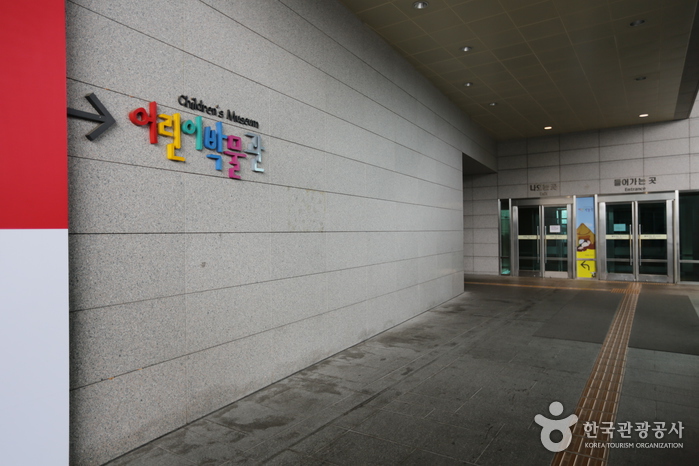
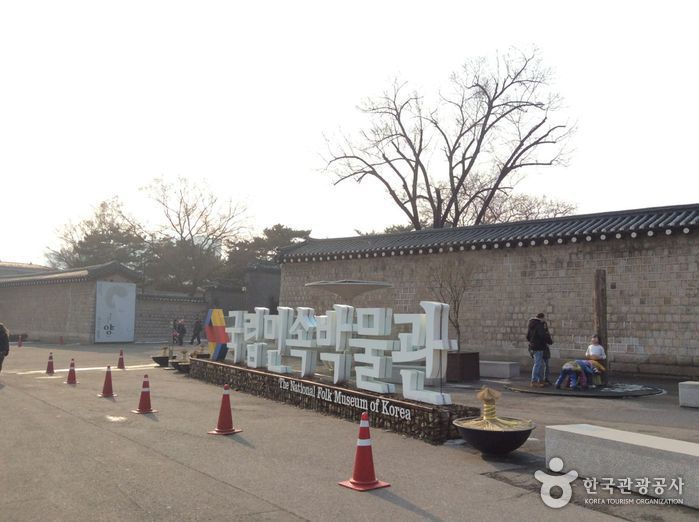
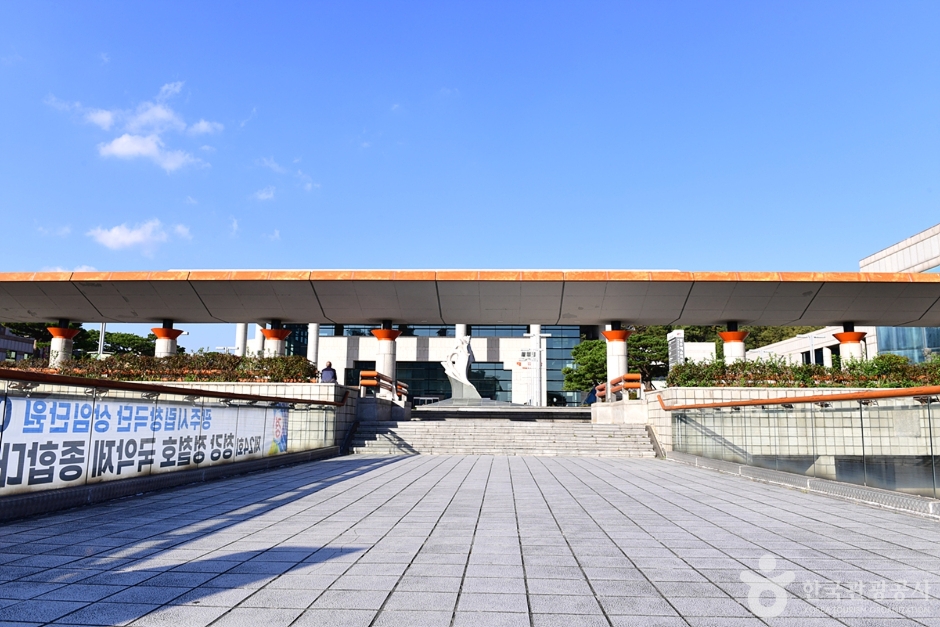
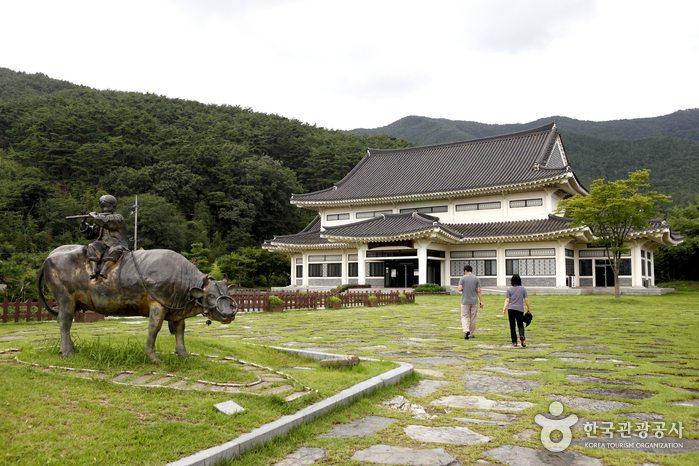
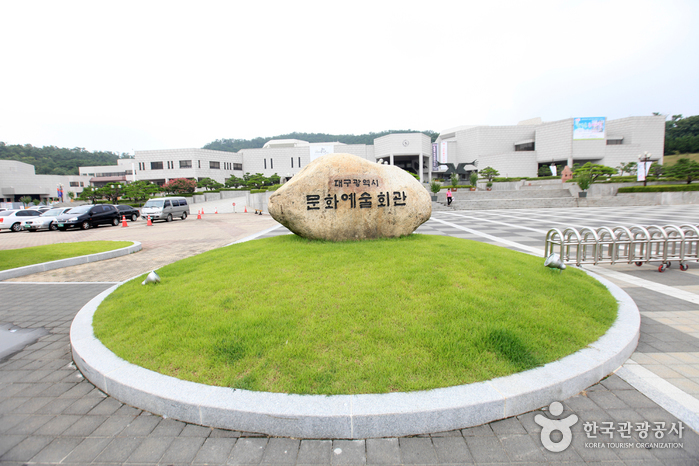
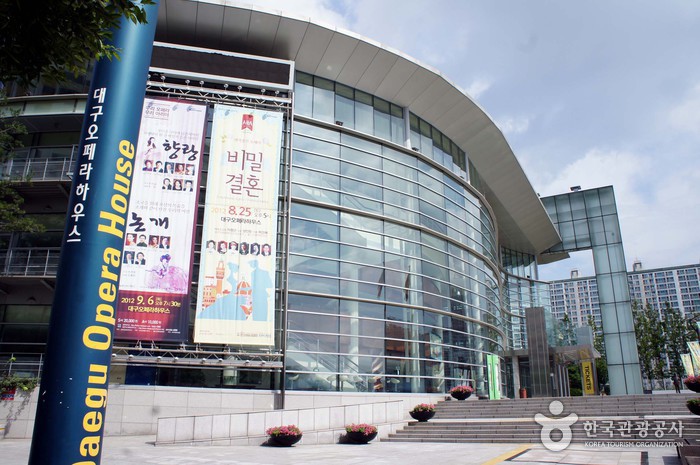
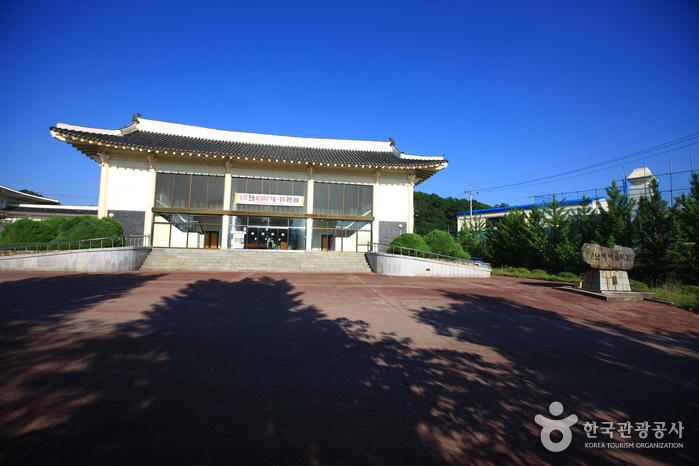
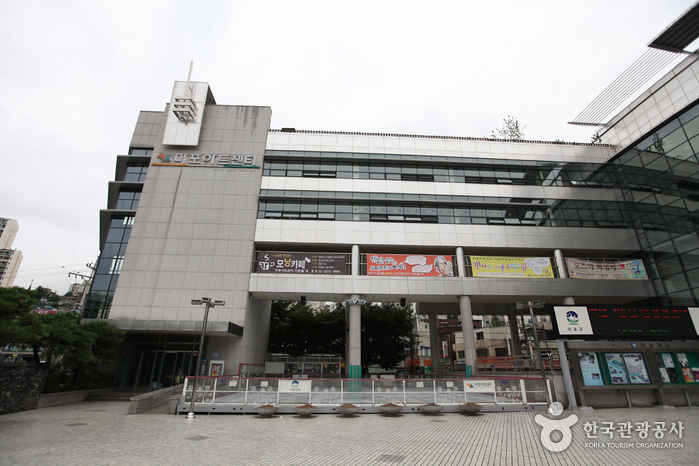

 English
English
 한국어
한국어 日本語
日本語 中文(简体)
中文(简体) Deutsch
Deutsch Français
Français Español
Español Русский
Русский